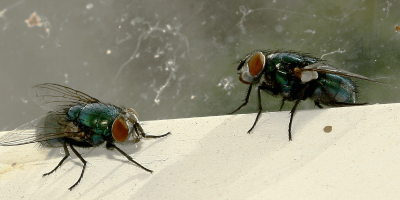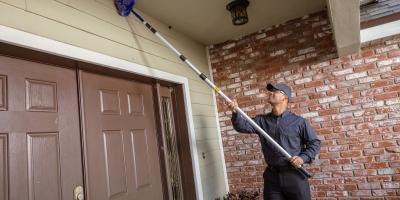Rodent Infestation Risks In Schools

Schools carry much heavier responsibilities when compared to many other public institutions. They are required to provide quality education for the next generation, but they are also expected to grow the character of their students to a higher standard of citizenship, all the while protecting the physical health and safety of its students.
Due to high expectations from parents, a rodent infestation can be a devastating PR blow to any institution’s reputation. In many cases, families are entitled to their concern, because having a rodent infestation isn’t just embarrassing for a school’s reputation, it endangers the students with serious health risks.
Why Schools Are Prone To Rodent Problems
Rodents, like many mammals, are clever, adaptable, and opportunistic. They seek food, water, warmth, shelter, and safety, which a school offers in abundance. Food is an especially strong motivator for rodents, as the refuse from snacktime, smuggled candy, and cafeteria lunches creates significant amounts of edible waste.
Schools also provide warmth and water in for rodents. Even innocuous equipment like art supplies with fabric and construction paper provide ideal nesting material, while leaking pipes and drain water supply all the hydration rodents need. Because of the size of most schools, both mice and rats can find any number of places to safely hide and even breed.
It’s also very easy to for rodents to infiltrate a school because mice are small enough that even a hole the size of an eraser can be used as an entry point, while rats can shimmy through spaces the size of a quarter. If a school isn’t properly sealed against weather, any cracks, vents or other openings make perfect doorways for these enterprising mammals.
The Health Risk
Mice and rats are both considered vectors, a term given to a primary carrier of disease. They transmit a number of illnesses in different ways. Rats, for example, may carry a specific, blood sucking flea that can easily switch over to feeding on humans instead. If this should happen, the fleas are capable of transmitting bubonic plague, and surprisingly, a few cases of bubonic plague are still diagnosed in America every year.
Hantavirus pulmonary syndrome is a disease contracted from rodents, and is much easier to spread. The Hantavirus contagion is spread throughout the system of a rodent, so physical contact with the actual rodent can cause infection. Skin contact with rodent urine and droppings can also result in infection, and even breathing in particulate matter from a rodent, such as waste from the nesting area, or the dust of droppings and urine can transmit Hantavirus.
These diseases and many others like rabies, hemorrhagic fever, leptospirosis, and salmonellosis can be contracted through contact with rodents, rodent matter, or the consumption of food that rodents have partially eaten. In a busy public setting like a school, negligence in food safety and sanitation can quickly lead to an epidemic among the student population.
Schools should take the possibility of rodent infestation very seriously, especially in the winter months. Rodents will be much more aggressive in colder seasons about seeking shelter. If rodents can gain a foothold in a facility as sizable as a school, an infestation poses a serious health risk to everyone, and a professional extermination response is the fastest, most efficient way to eliminate the problem. If your school has an issue with rodents, contact JP Pest services now to request a free commercial consultation.



